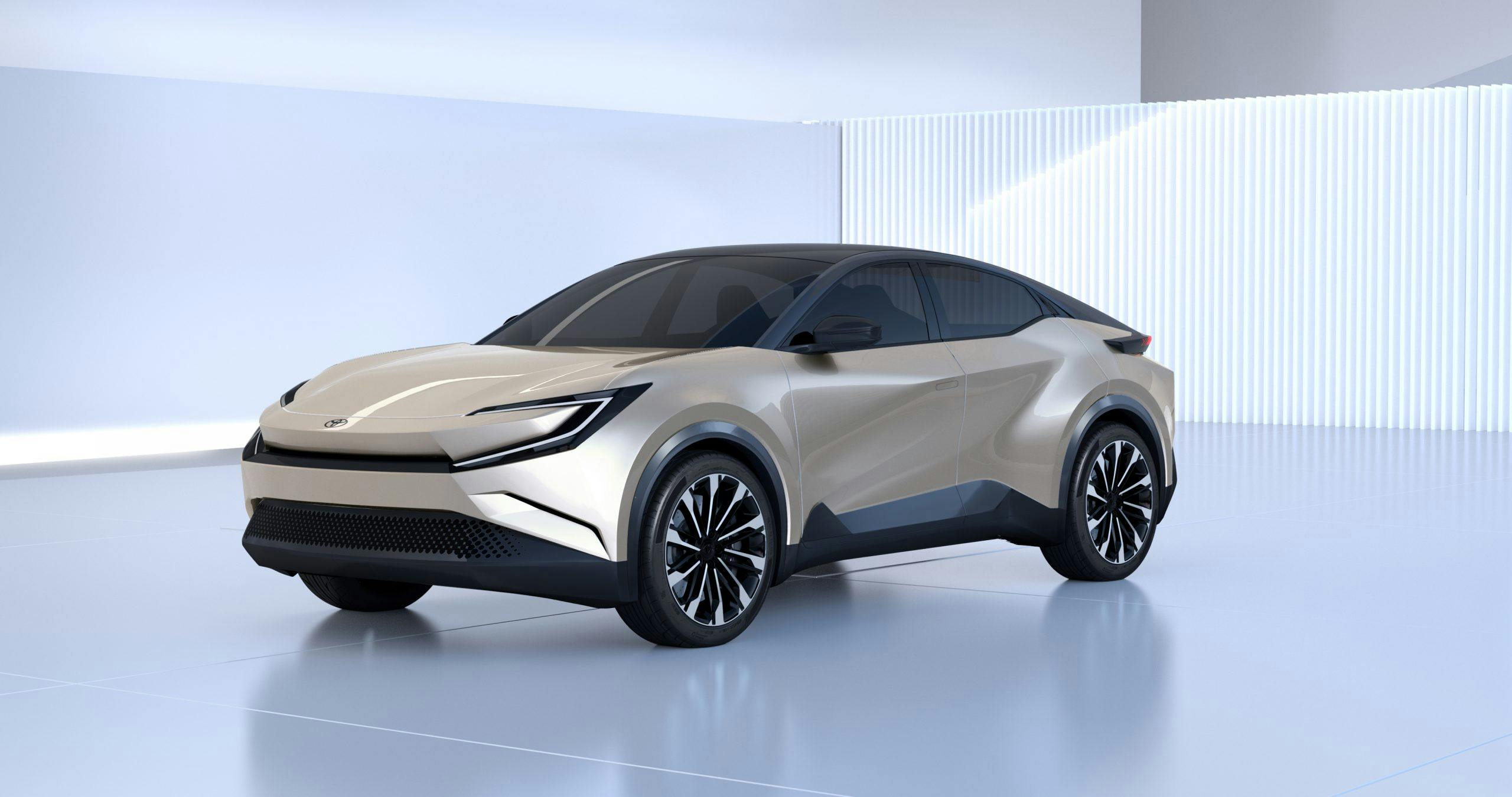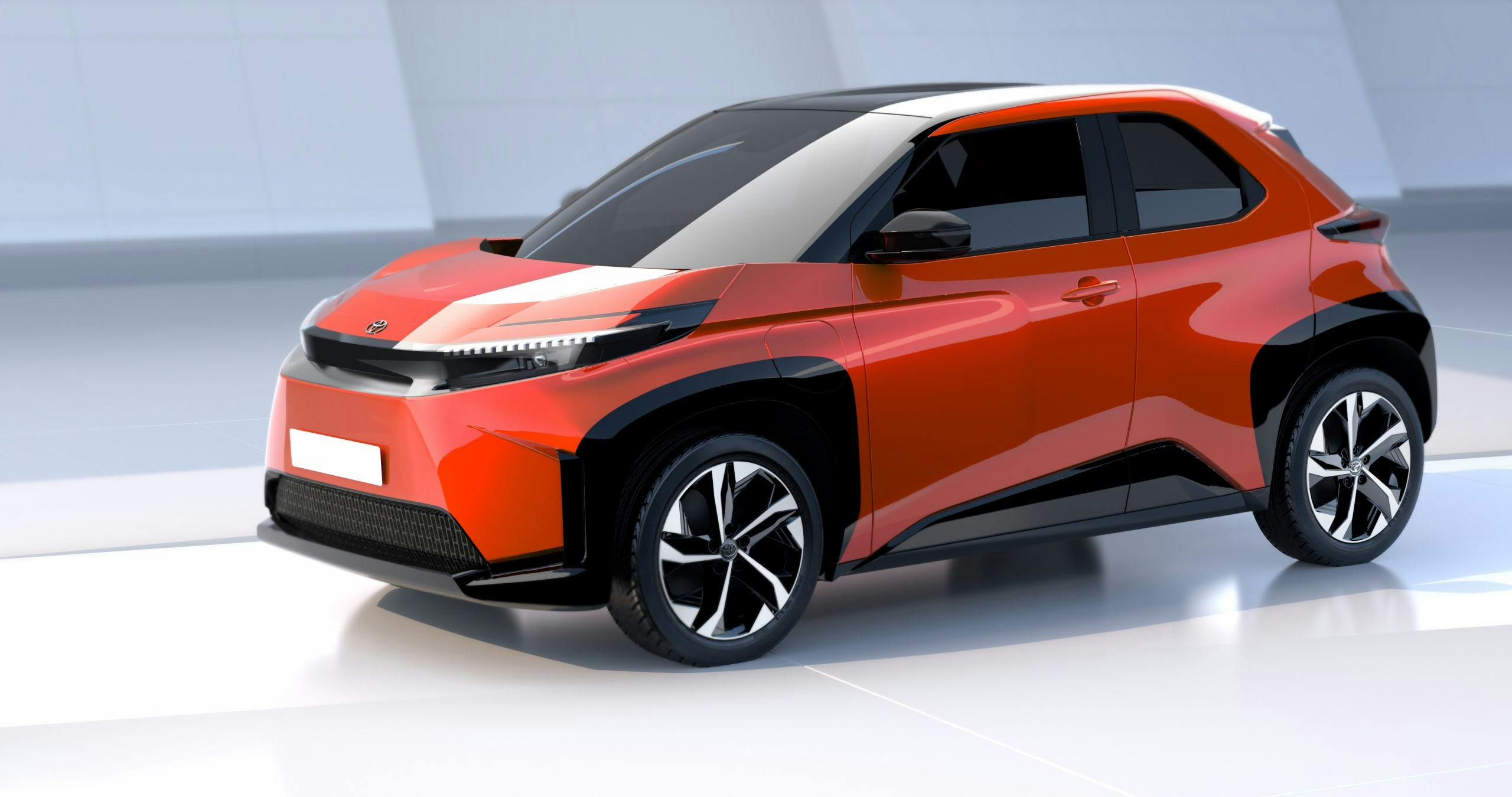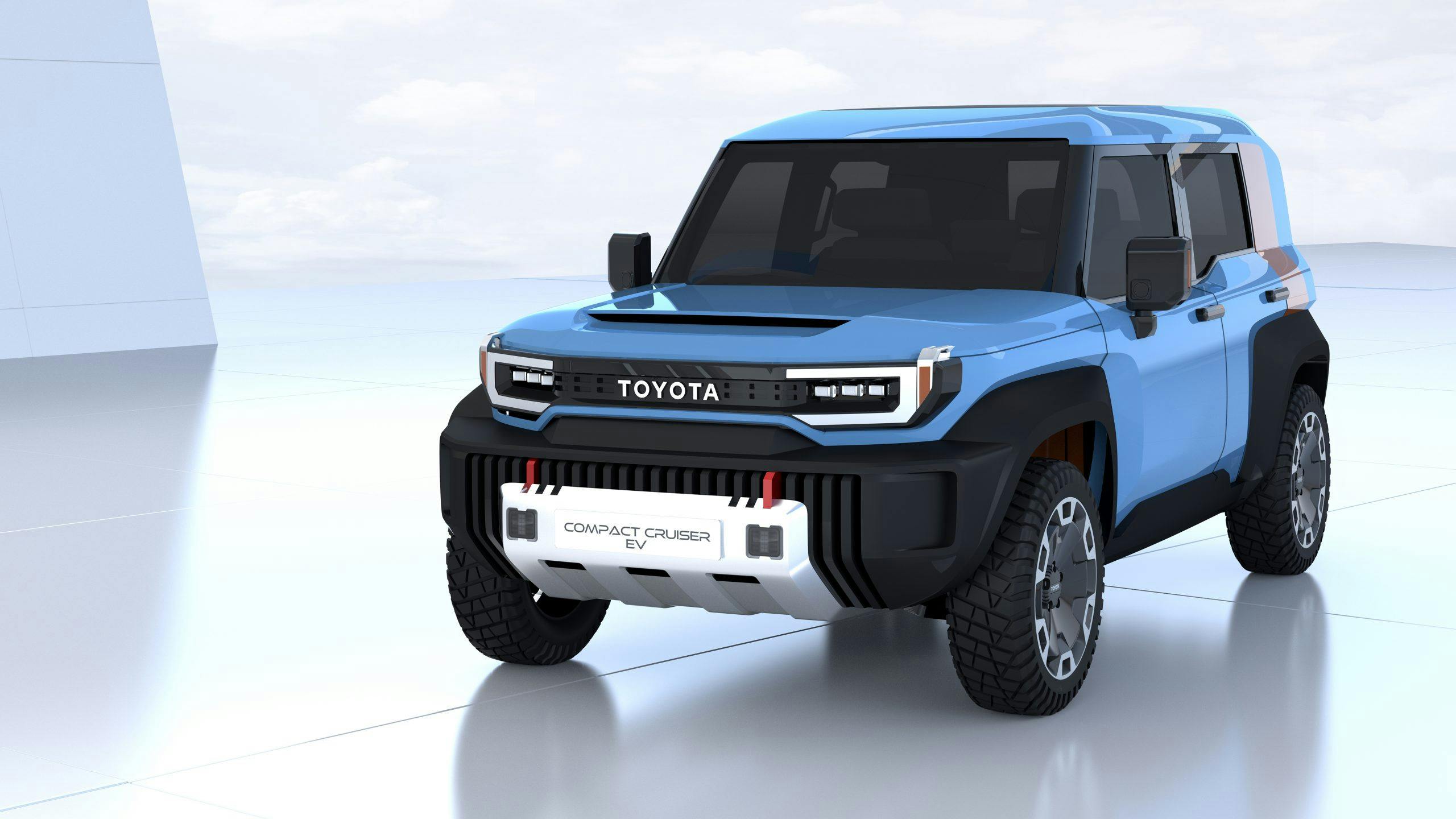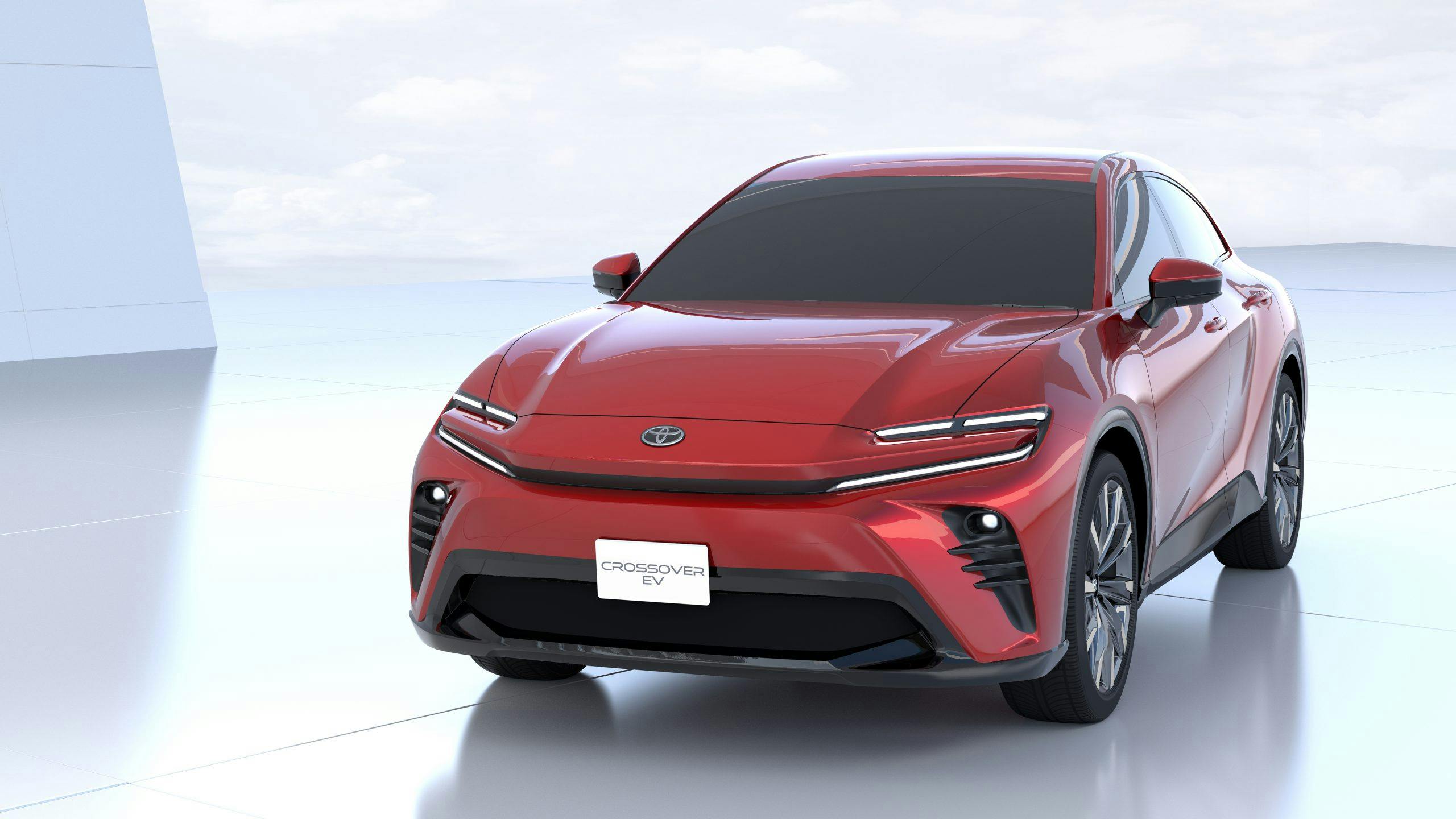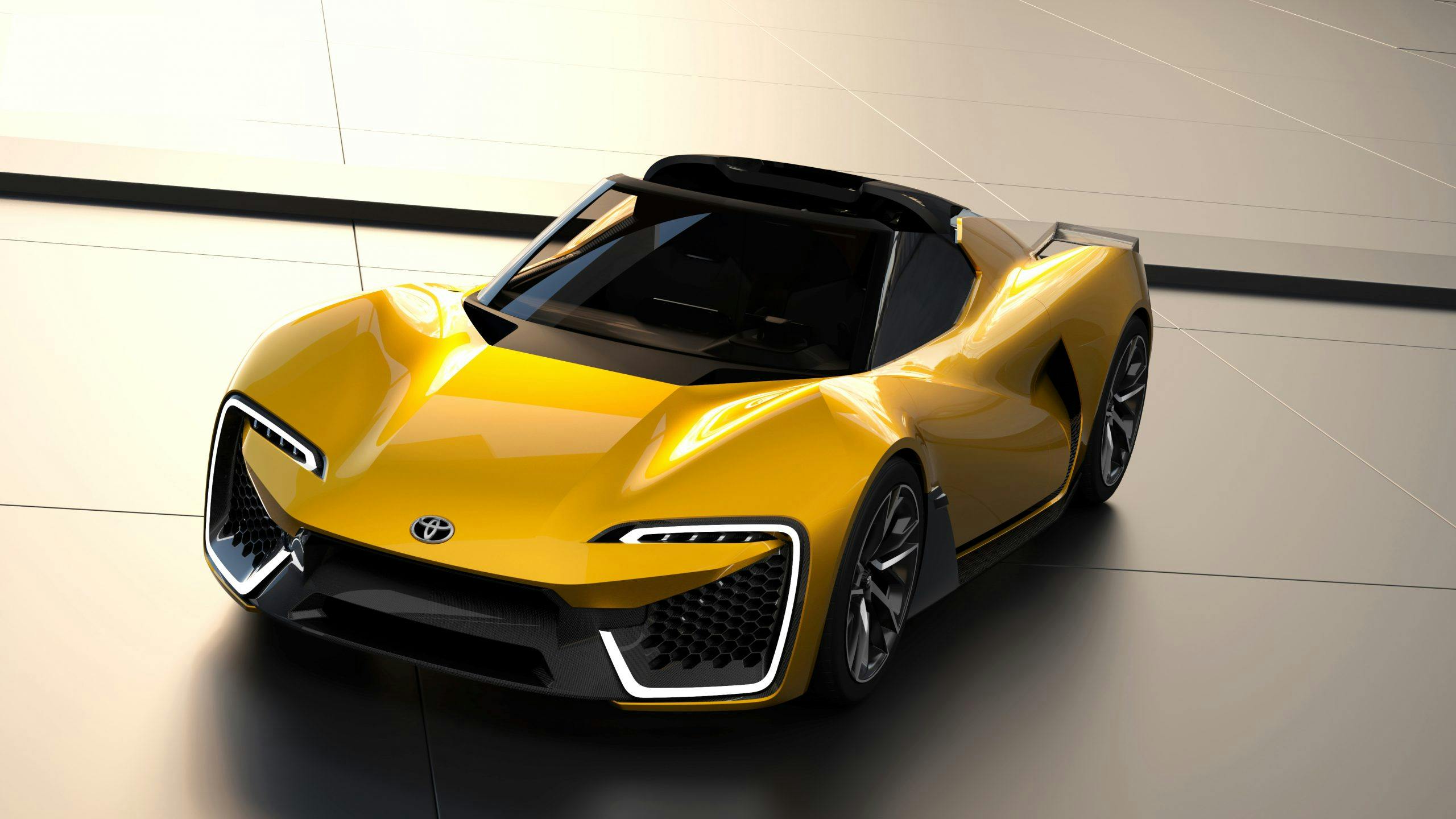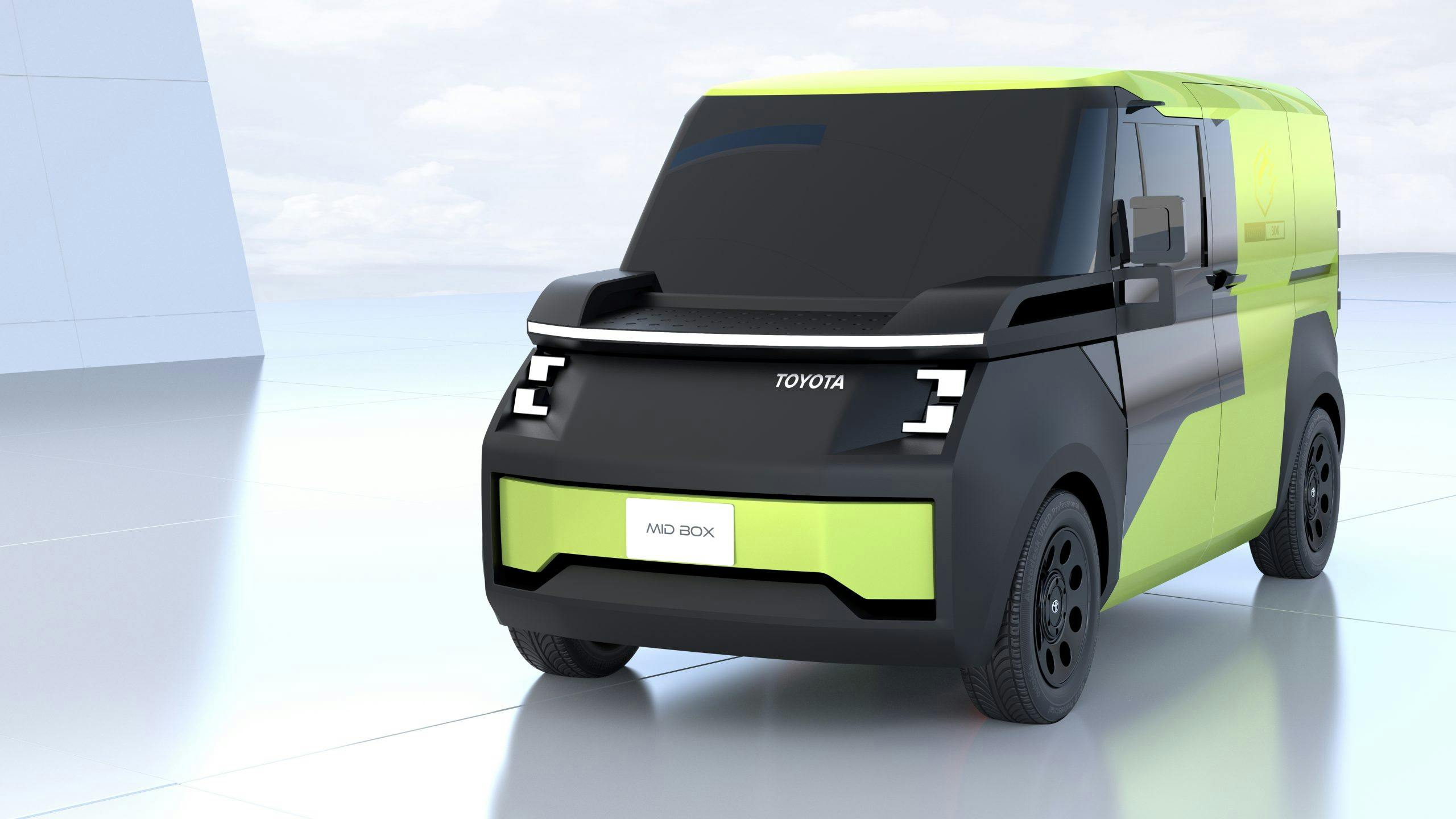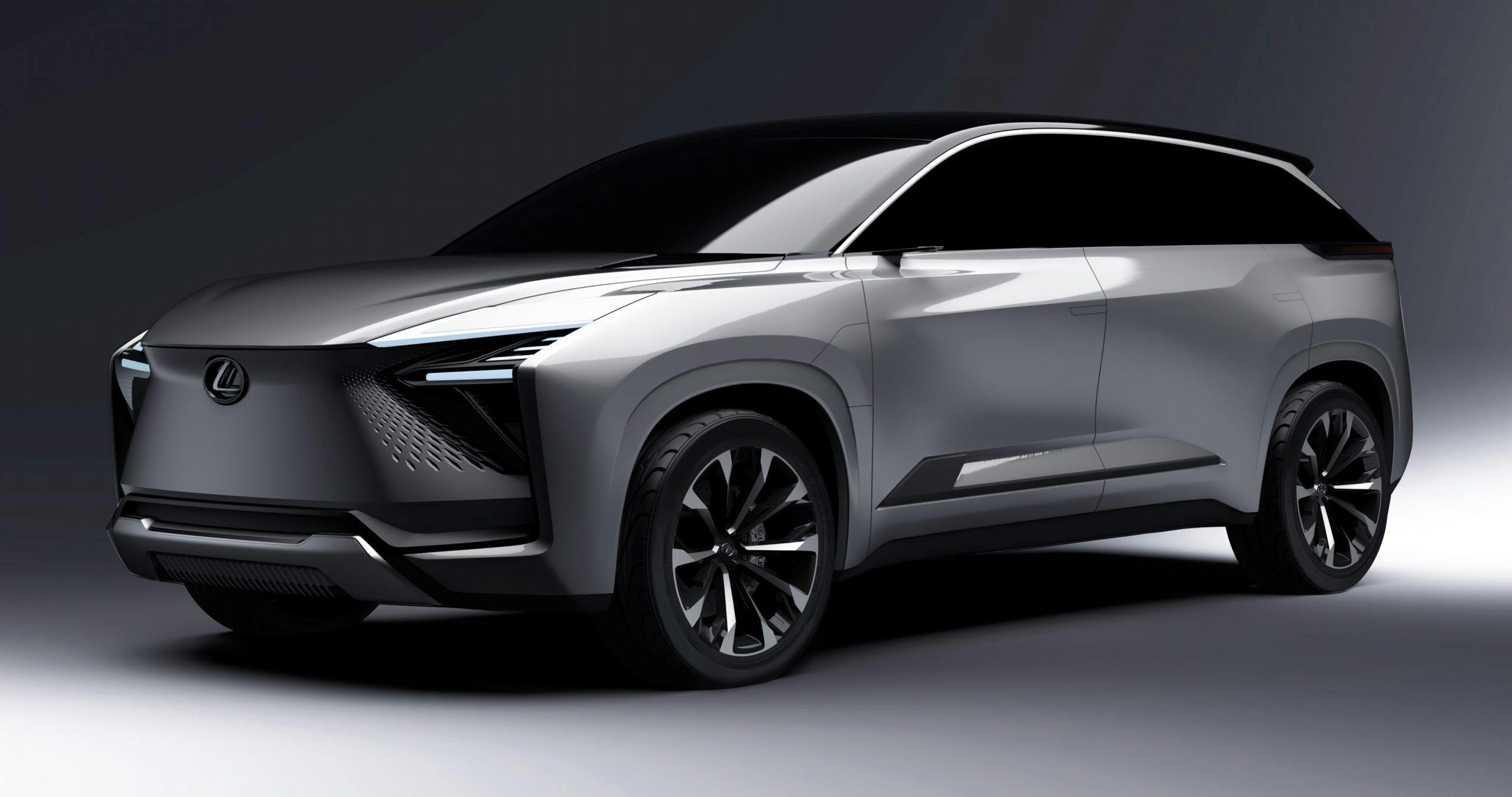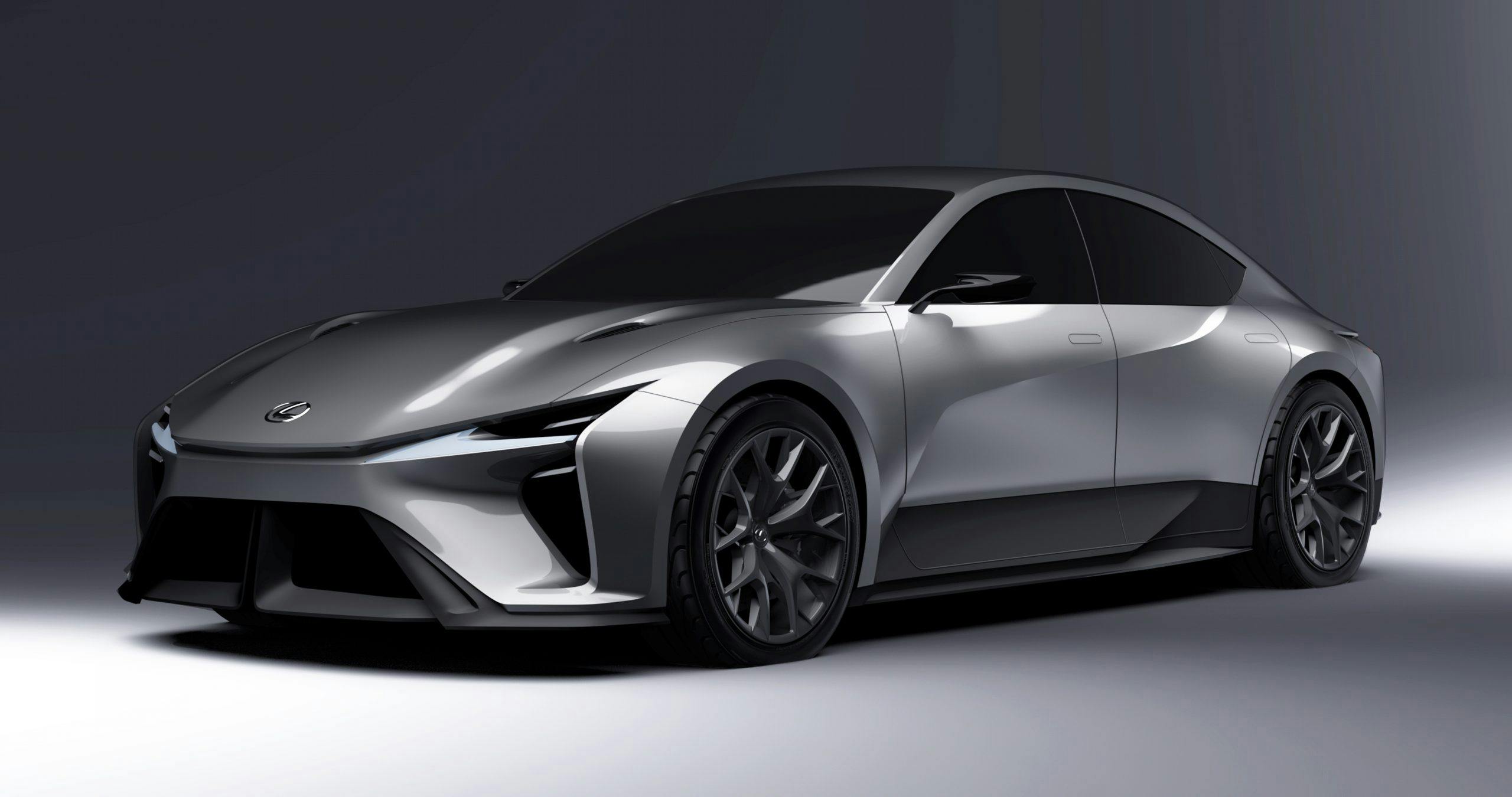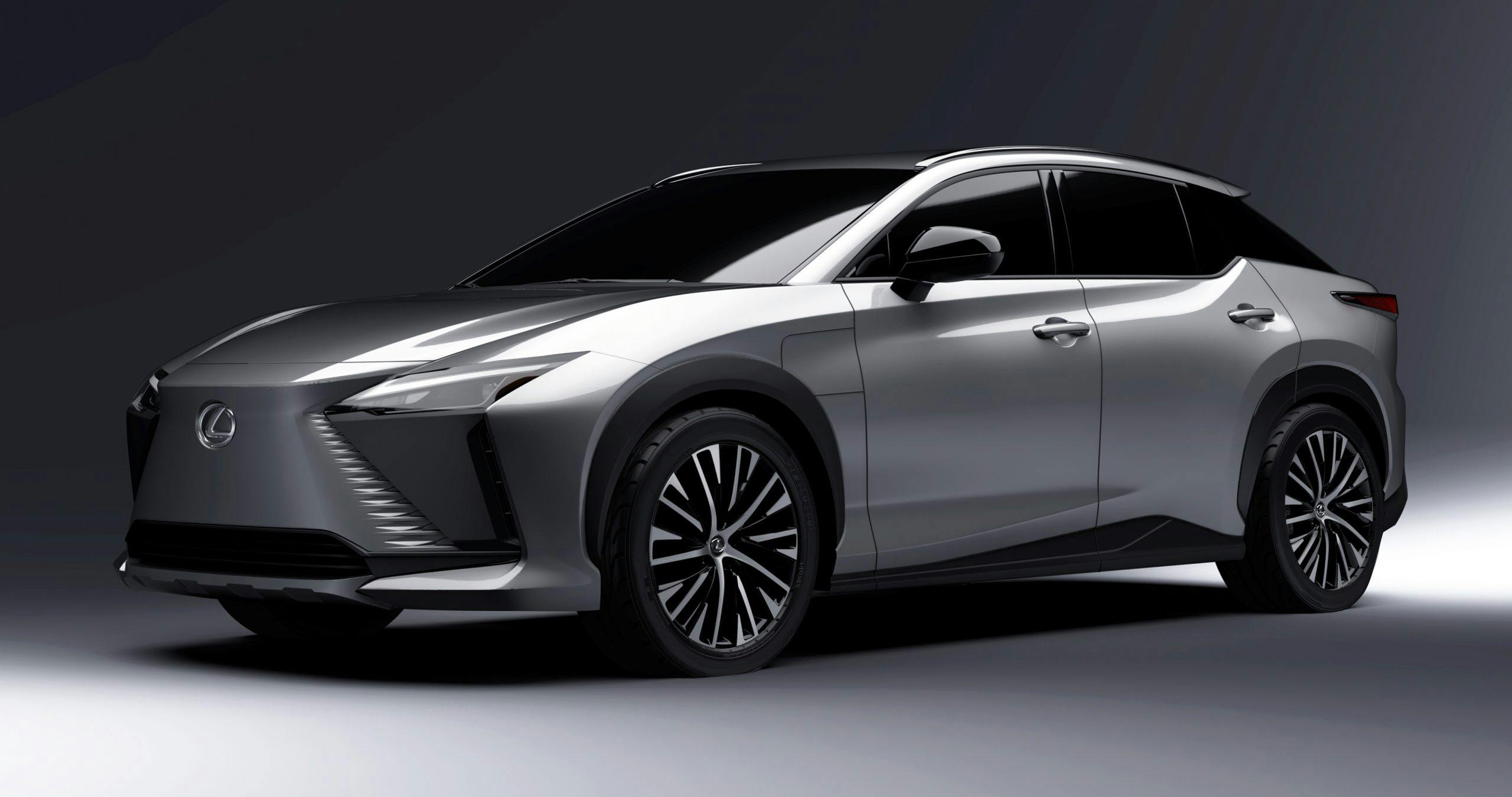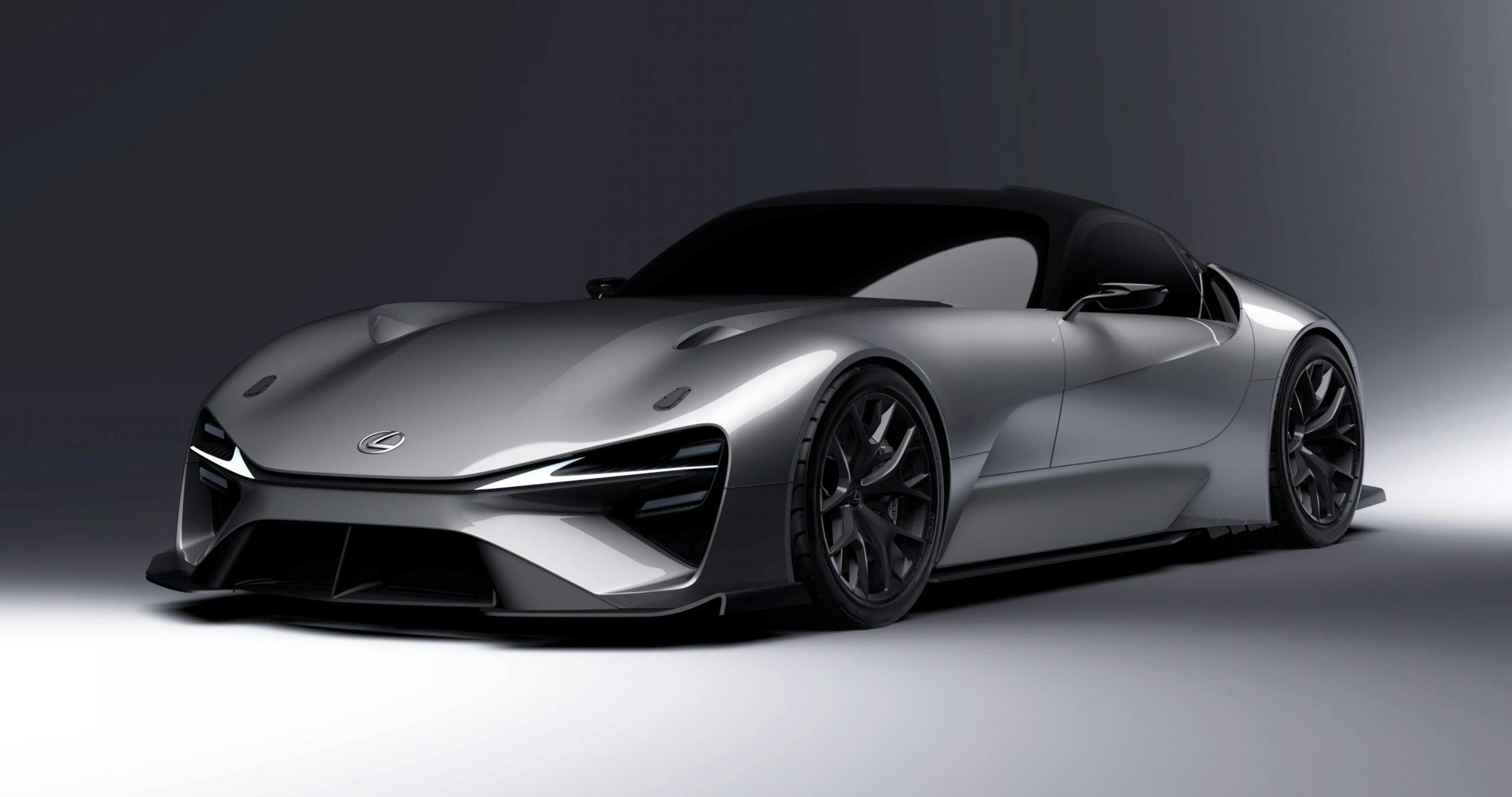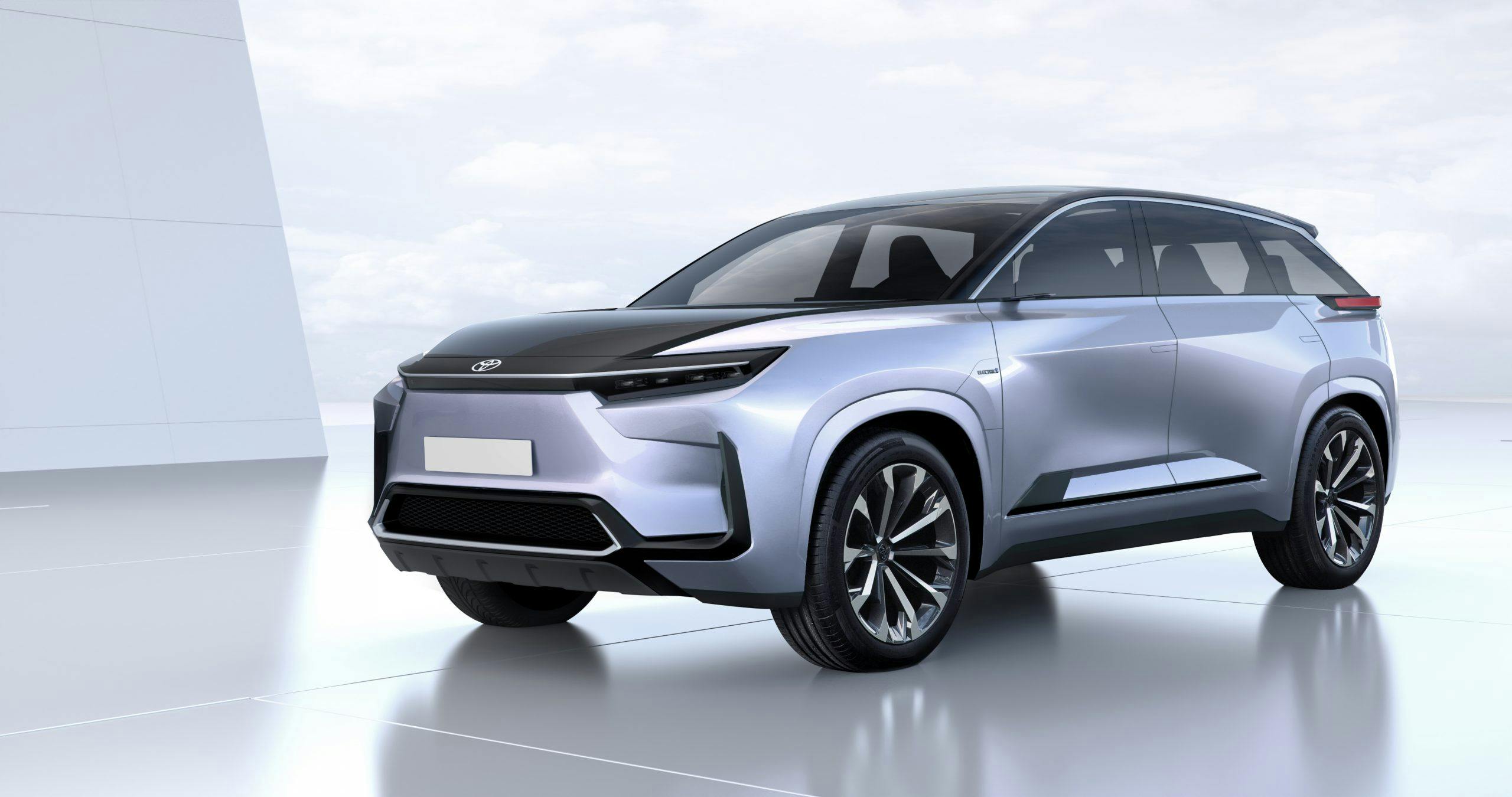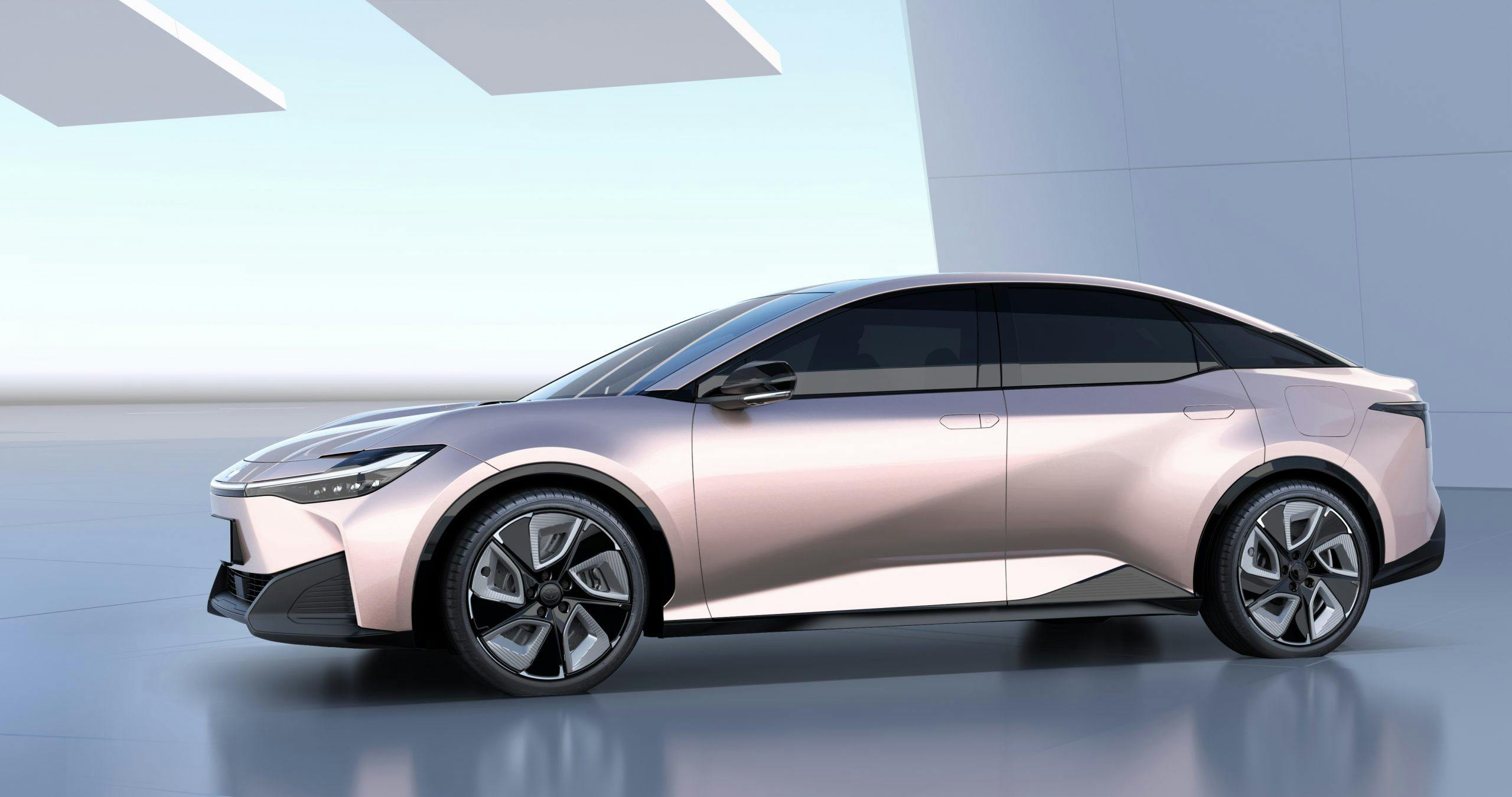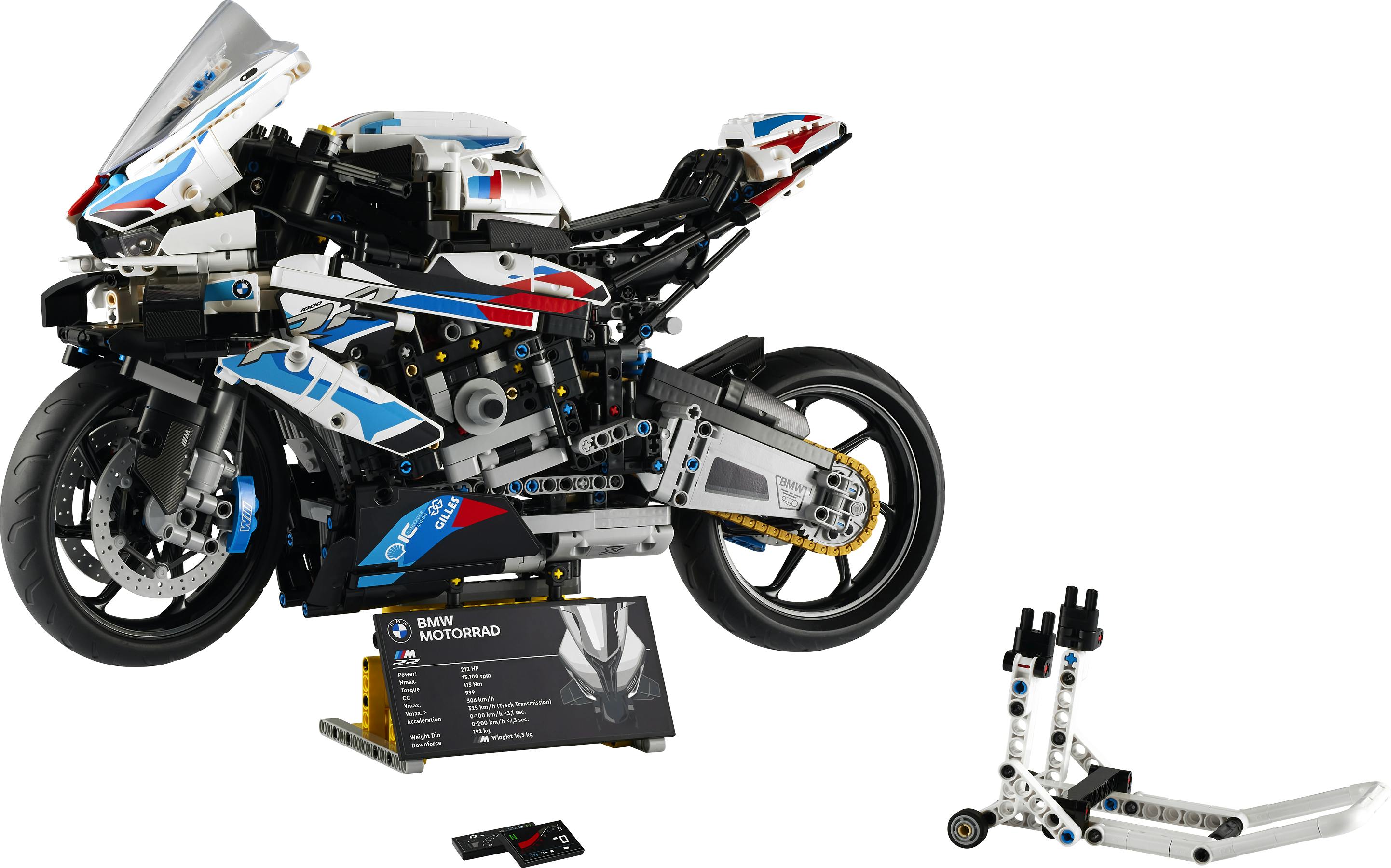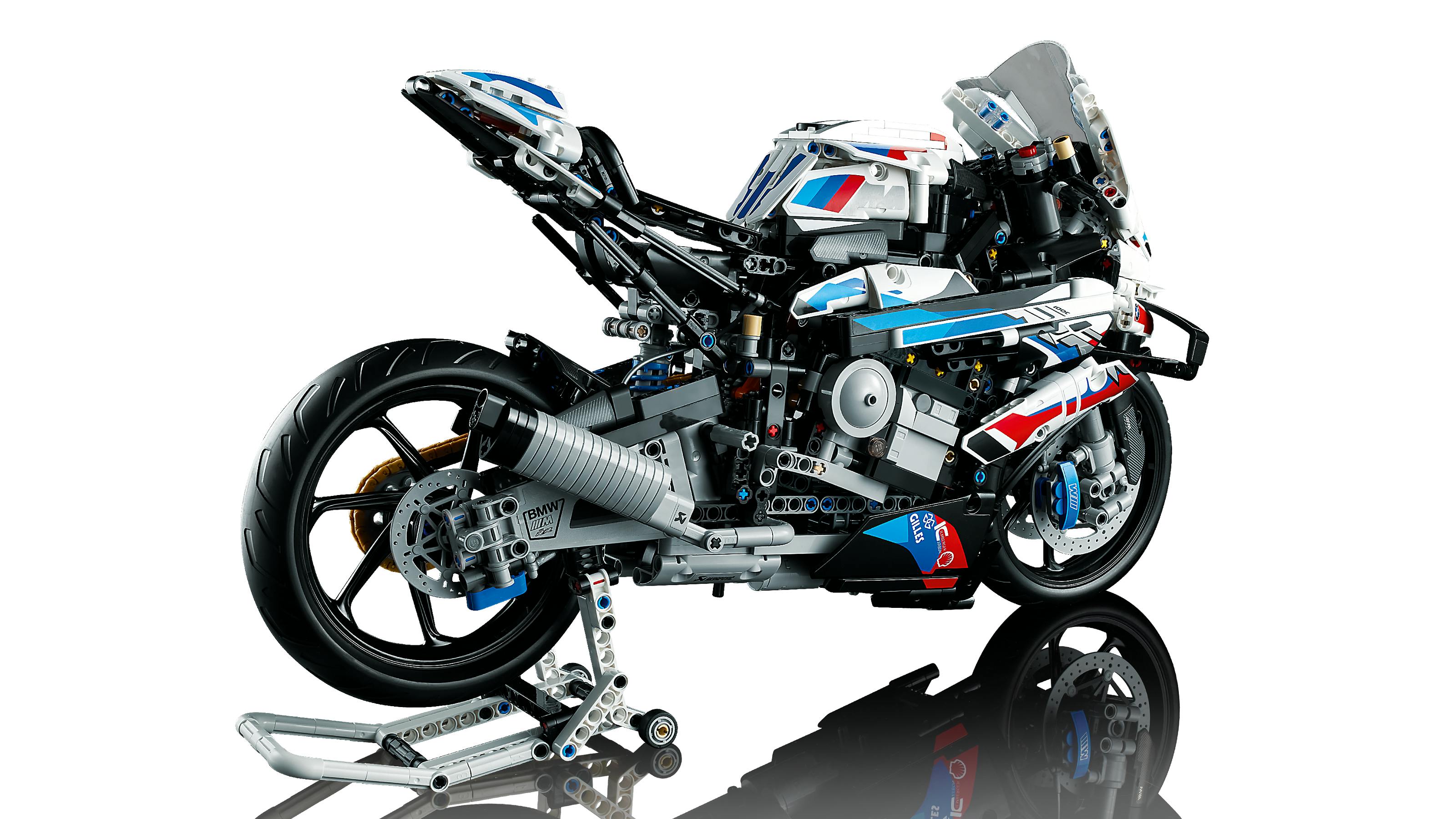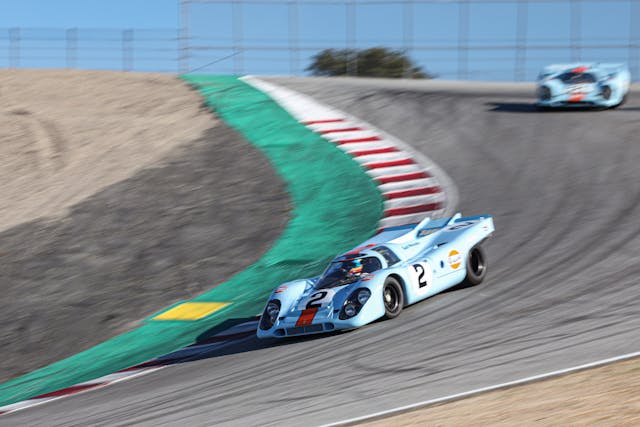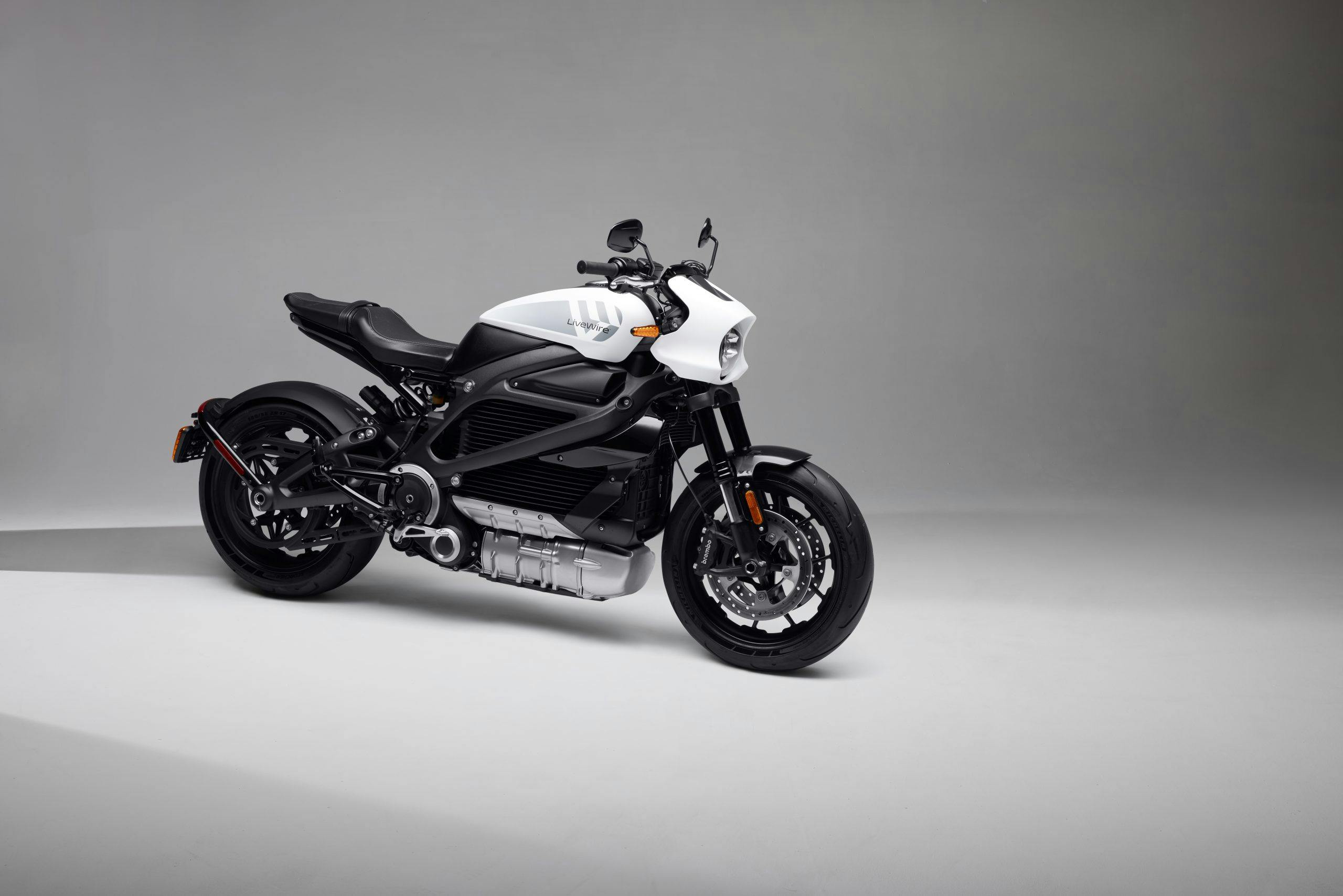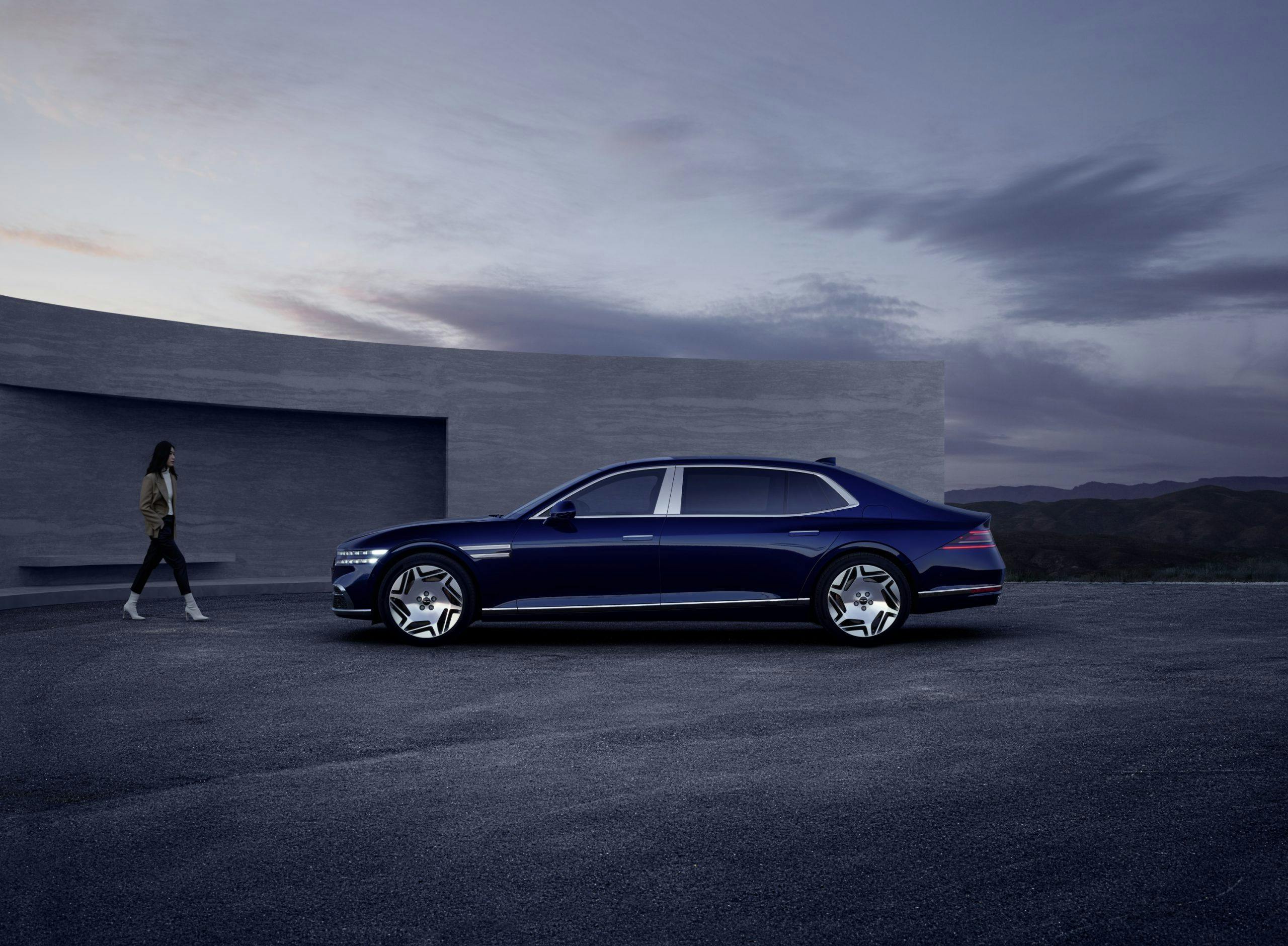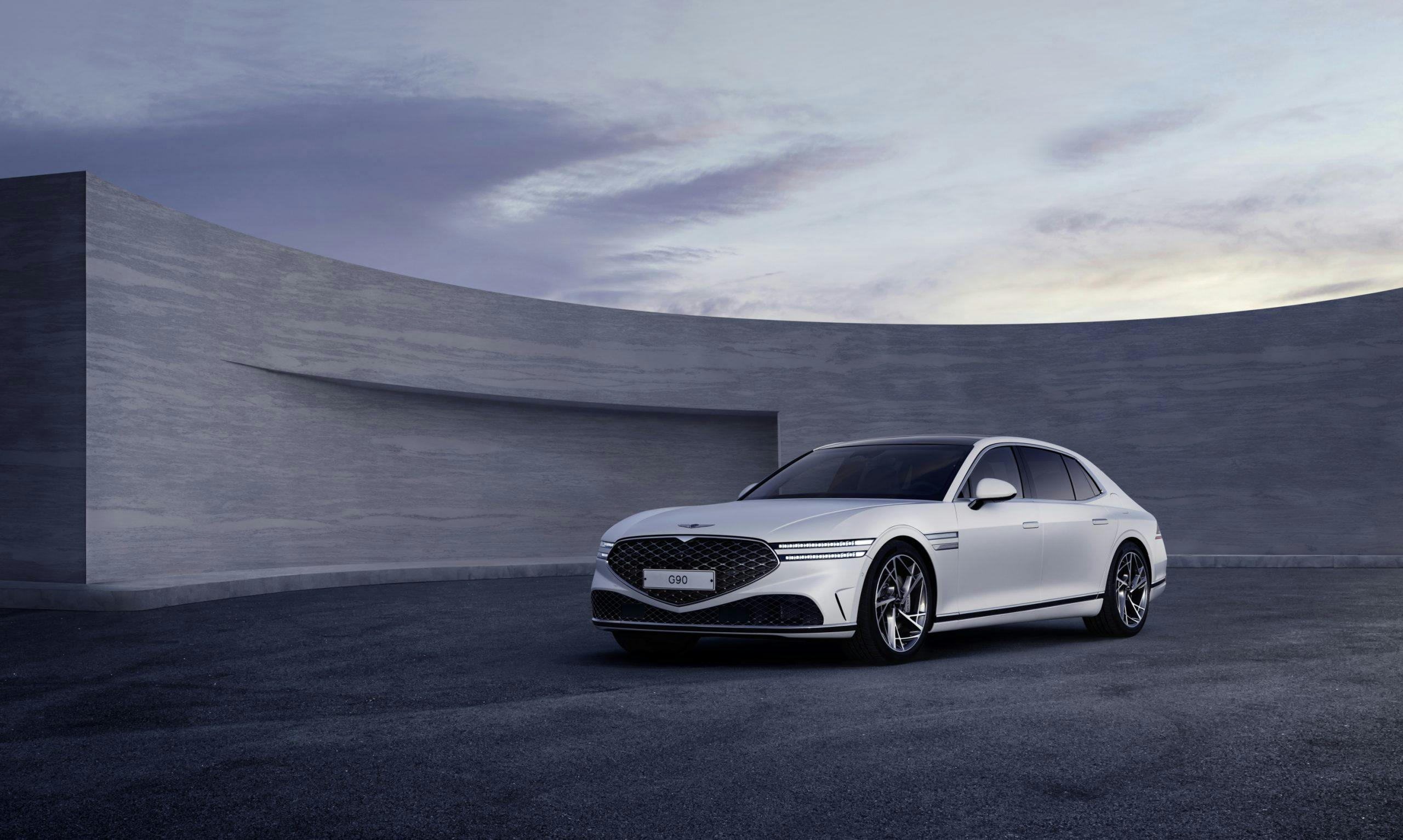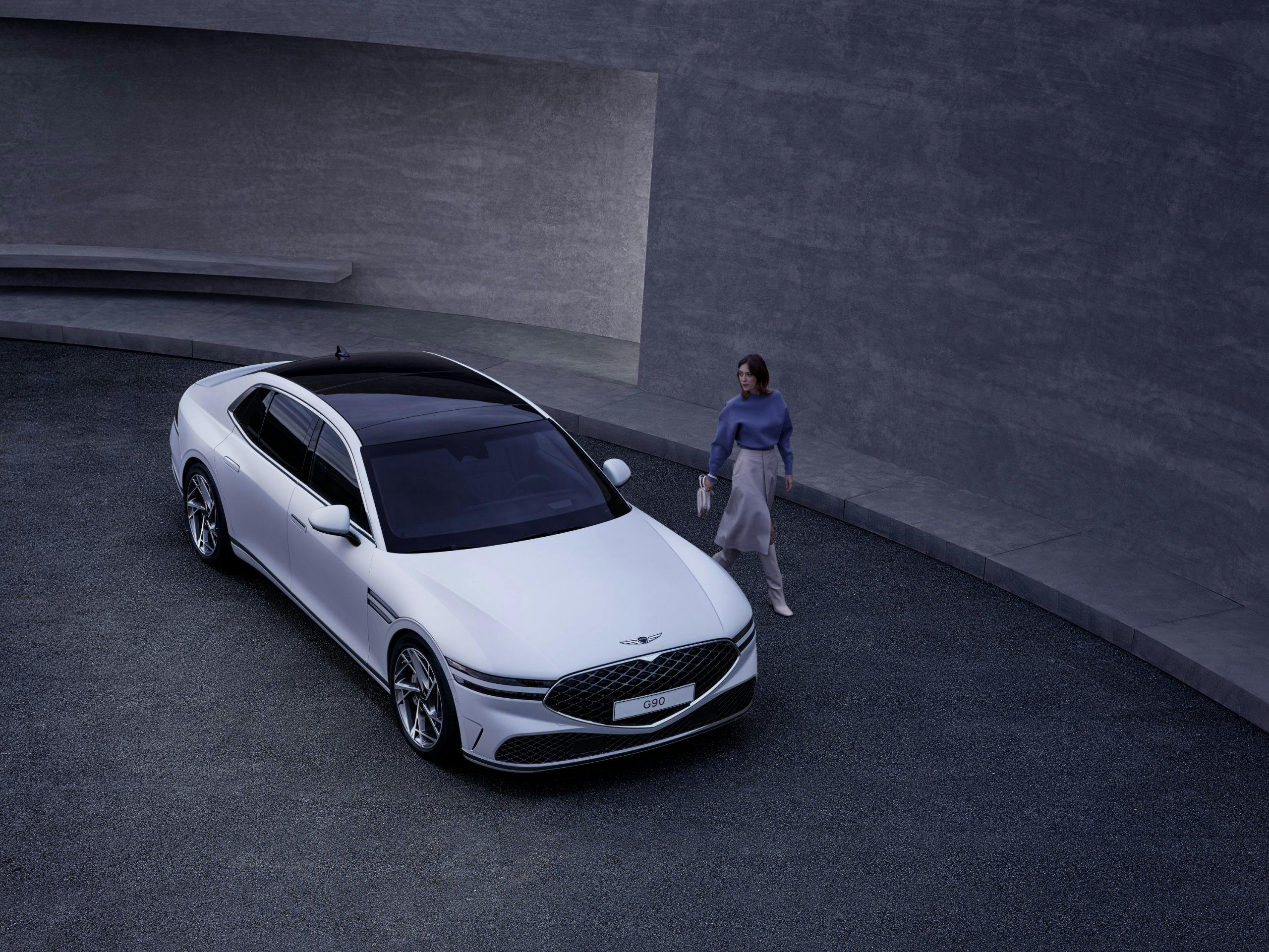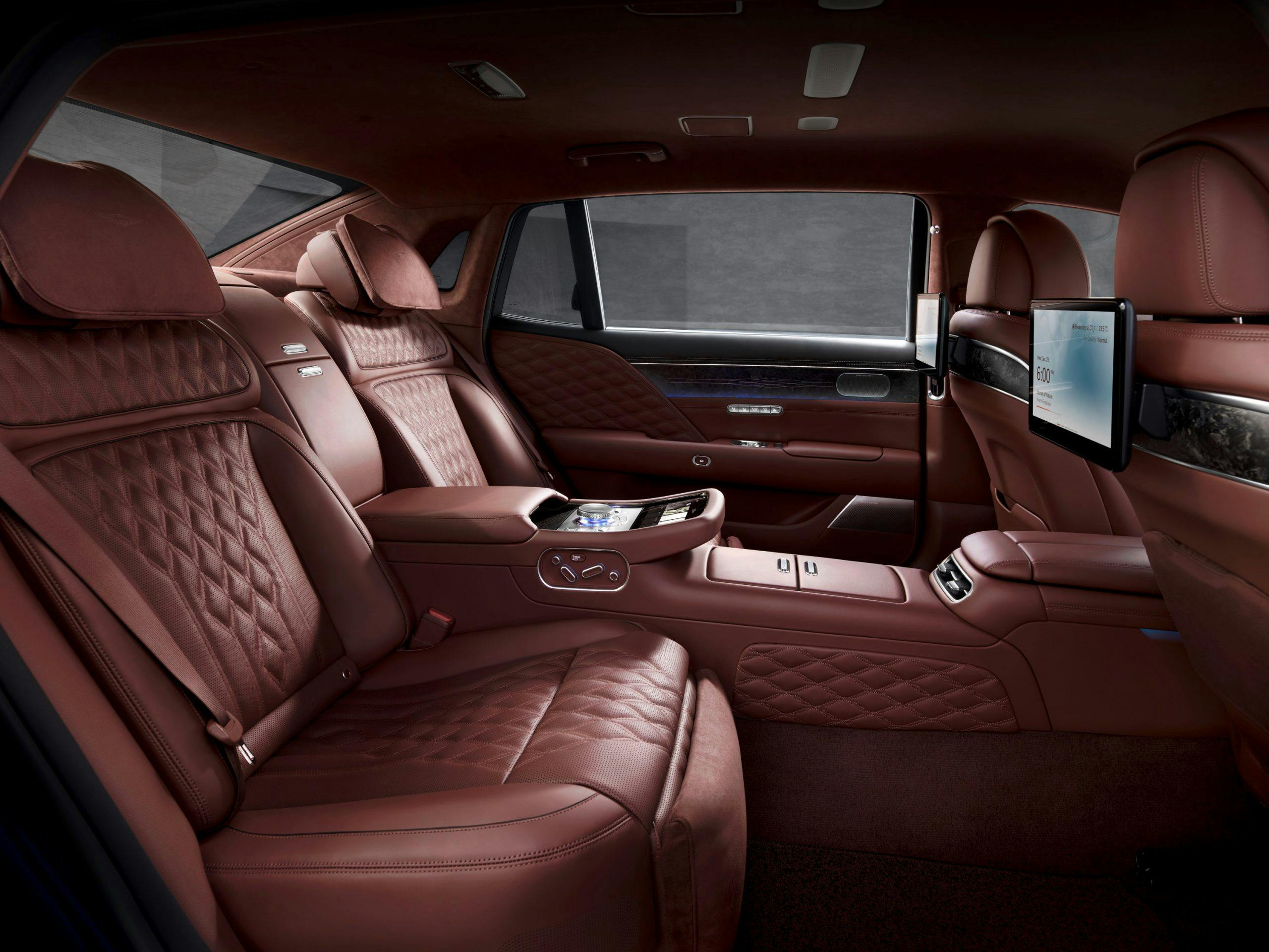Media | Articles
Toyota plots electric LFA, MR2 successors, Harley’s EV brand wants to go public, Maserati keeps it Classiche

LFA successor spearheads Toyota’s 30-vehicle electric onslaught, due by 2030
Intake: He may be a little late to the EV party, but Akio Toyoda is making a big entrance. The Toyota and Lexus boss has just announced a flagship successor to the extraordinary LFA sports car that will accelerate from 0 to 60 mph in two seconds, have a driving range of over 430 miles, and may use solid-state batteries. “The endless pursuit of the Lexus Driving Signature will move to the next stage through development of the new Sports Battery EV. With bold proportions and low ride height essential to a sports car, it will showcase the unique driving performance of a Lexus and become a model that symbolizes the future of the brand. Lexus will develop a next-generation battery EV sports car that inherits the driving taste, or the secret sauce, of the performance cultivated via the development of the LFA,” he says at a special event to mark a 30-vehicle attack on the EV market.
Toyoda revealed half of these new EVs in concept form (see gallery below) and, alongside the expected assortment of SUVs in varying shapes and sizes, were some additional surprises. Highlights include a rugged Compact Cruiser, a Hilux-like pick-up, a small MR2-style sports car, a Lexus sports sedan, and a pair of quirky Micro Box and Mid Box commercial vehicles. Toyoda said all 30 cars will be on sale by 2030.
Exhaust: Though it had paved the way with hybrids and hydrogen, Toyota has seemed reluctant to embrace battery-electric vehicles—until now. These concepts show the both the seriousness of the company’s entry and, thankfully, its fun side as well.
Construct your own superbike with Lego’s latest Technic release
Intake: Lego gives both young and old the chance to build literally anything their hearts desire, especially with the ever-expanding reach of its highly technical “Technic” kits, which often use gears, pegs, rods, bars, and curved body panels rather than the bricks that we often associate first with the brand. The latest Technic kit announced is the BMW M 1000 RR, which goes on sale January 1, 2022. Featuring a clear engine block and a functional three-speed shiftable transmission, this model is mechanically realistic and also has the look thanks to the winglets and very comprehensive sticker package.
Exhaust: The real M 1000 RR is quite the piece of machinery, especially when equipped with the M Competition package, but all that awesome comes with a big, $36,995 price tag. The Lego version is much more manageable, and one only needs to part with $230 to get their hands on it. You’ll have to wait until after the holidays, so if you don’t find your perfect indoor project under the tree in two week’s time, make sure your credit card is ready come January 1.
Marketplace
Buy and sell classics with confidence
Laguna Seca scheduled for paving and improvements starting late in 2022
Intake: The racing surface at WeatherTech Raceway Laguna Seca is set to be repaved after the Monterey County Board of Supervisors got the ball rolling on a five-year Capital Improvement Program earlier this month. This marks the track’s first repaving since 2007. Other track improvements include upgrades to the Turn 3 paddock pavilion and a new start/finish bridge that will accommodate golf-cart crossings in addition to increased pedestrian traffic flow. There is currently no specific timetable for the upgrades, but the preliminary schedule is set from November 2022 through April 2023.
Exhaust: It’s always good to see an investment in an iconic track like Laguna Seca. We just hope the improvements can be made with as little impact on events as possible. As spectators and photographers at the events, we selfishly hope that some of the track improvement includes some new retaining walls or photography locations along the historic track to make up for those that have been lost due to erosion.
Harley-Davidson’s LiveWire to become first publicly traded EV motorbike company
Intake: LiveWire, Harley-Davidson’s electric subbrand, recently announced its plans to go public via SPAC and trade under the ticker “LVW” on the NYSE. Branching out into battery-powered bike tech began over a decade ago at Milwaukee. The LiveWire arm pursued further validity and independence by becoming its own separate division in 2019, then brand in 2021. Roughly three years later, the public move positions LiveWire for a valuation of $1.77 billion. The arrangement will bring in Taiwanese powersports player KYMCO, which brings both logistical expertise and a 100-million-dollar investment. The Harley brass is already buzzing about the maneuver.
“By building on Harley-Davidson’s 118-year lineage, LiveWire’s mission is to be the most desirable electric motorcycle brand in the world, leading the electrification of the sport,” said CEO Jochen Zeitz. “This transaction will give LiveWire the freedom to fund new product development and accelerate its go-to-market model. LiveWire will be able to operate as an agile and innovative public company while benefitting from the at-scale manufacturing and distribution capabilities of its strategic partners, Harley-Davidson and KYMCO.” LiveWire One ($19,799 after incentives, 146 miles of range) remains the company’s only offering heading into the new year.
Exhaust: If 2021 is the year of the SPAC, 2022 may be setting us up for an encore. The blank-check strategy is a popular one for EV companies in particular as they race for relevancy in an electrified future. LiveWire allows Harley-Davidson to explore a new, untapped customer base and helps the nostalgic, V-twin-powered brand put a futuristic foot forward. Differentiating Harley-Davidson and LiveWire so prominently, however, serves to stave off the dilution of Harley’s century-old brand identity.
Genesis G90 refines traditional styling, loses V-8 motivation
Intake: The redesigned Genesis G90 boasts a turbocharged V-6 engine plus technological and styling upgrades for its second generation. Available in two different wheelbases, this flagship product sports radically thin headlights and a C4 Corvette–worthy clamshell hood that sets it apart from all of its competition. Ample side glass from a low DLO (Day Light Opening) should provide more visibility for occupants, while a relatively thick C-pillar gives way for a modest opera window on long-wheelbase models. Rear-wheel steering and a four-corner air suspension shall provide effortless wafting, while the G90 features an interior “that perfectly harmonizes new technologies with analog sensitivities.” That cabin (shown in gallery below) looks suitably upscale, especially in long-wheelbase form, and sports unique trims and garnishes in five color combinations.
Exhaust:When reviewing the V-6-powered flagship Lexus LS, Jack Baruth recently said: “You can get a V-6 in the G90 if you’re the sort of person who doesn’t care. Genesis salespeople tell me that nobody ever asks for it.” Too bad that world is now coming to an end, as would-be Genesis customers have no say in the matter. While the craftsmanship inside and high-dollar parts like a clamshell hood are beyond admirable for the young luxury brand, losing the V-8 at this price point feels like an abandonment of Genesis’ raison d’être, and only gives buyers more reason to gravitate to the bi-turbo V-8 found in the stately Mercedes S-Class.
Hyundai’s funky Ioniq 5 starts just north of $40K

Intake: Hyundai has announced pricing for the new Ioniq 5 EV. The lowest price you’ll pay for this highly stylized electric crossover is $40,925 for a 168-hp, single-motor, rear-drive Ioniq 5 SE with 220 miles of range. For roughly $4K more, however, you can have a humbly appointed Ioniq 5 SE with a single RWD motor and 303 miles of range. Beyond the base RWD and the all-wheel-drive SE models, there are similarly optioned versions of the SEL and the Limited, with rear-drive configurations offering 303 miles of range and all-wheel-drive versions offering 256. The high-zoot AWD Limited will start at $55,725. AWD SEL models will start at $47,125. Hyundai says the RWD SE with 220 miles of range will be available in the spring of 2022, but there’s no mention of when the meat-and-potatoes of the lineup will be available.
Exhaust: The Ioniq 5 undercuts the Model Y by a tad—the Tesla starts around $60,190. Ford’s Mustang Mach E starts around $44,995, placing it squarely in the Ioniq 5’s price bracket. The Hyundai seems poised to be competitive in the broader EV landscape, but also in the ICE landscape as well—for the price of an Ioniq 5 SE AWD, you could just as easily wind up in a modestly optioned Audi Q5. For our money, we dig the Ioniq’s styling and would pick it over the pill-shaped Tesla, range differences notwithstanding.
Maserati Classiche program goes live

Intake: Maserati owners can now apply for an official certification of authenticity and access more spare parts and restoration services direct from the factory. The Maserati Classiche scheme covers cars 20 years old or more, plus more modern, limited editions including the MC12 and selected Quattroportes. Certification is done by a panel of experts and, once approved, owners can take advantage of service and minor repairs, and detailing services. The first car to be certified is a 1969 Mistral 3700 and it received its official recognition after going through more than 300 checks and being matched against the company’s archive.
Exhaust: Maserati joins its neighbor Ferrari—plus the likes of Alfa Romeo, Porsche, and Peugeot—by offering a factory-backed program to keep its classics on the road. Of course, we can’t overlook the chronology: Cynics will clamor that Maserati once again trails its competitors. The more idealist take? The Classiche program is a wise investment in Maserati’s heritage as the trident forges ahead, away from its roots and into the electric age.
